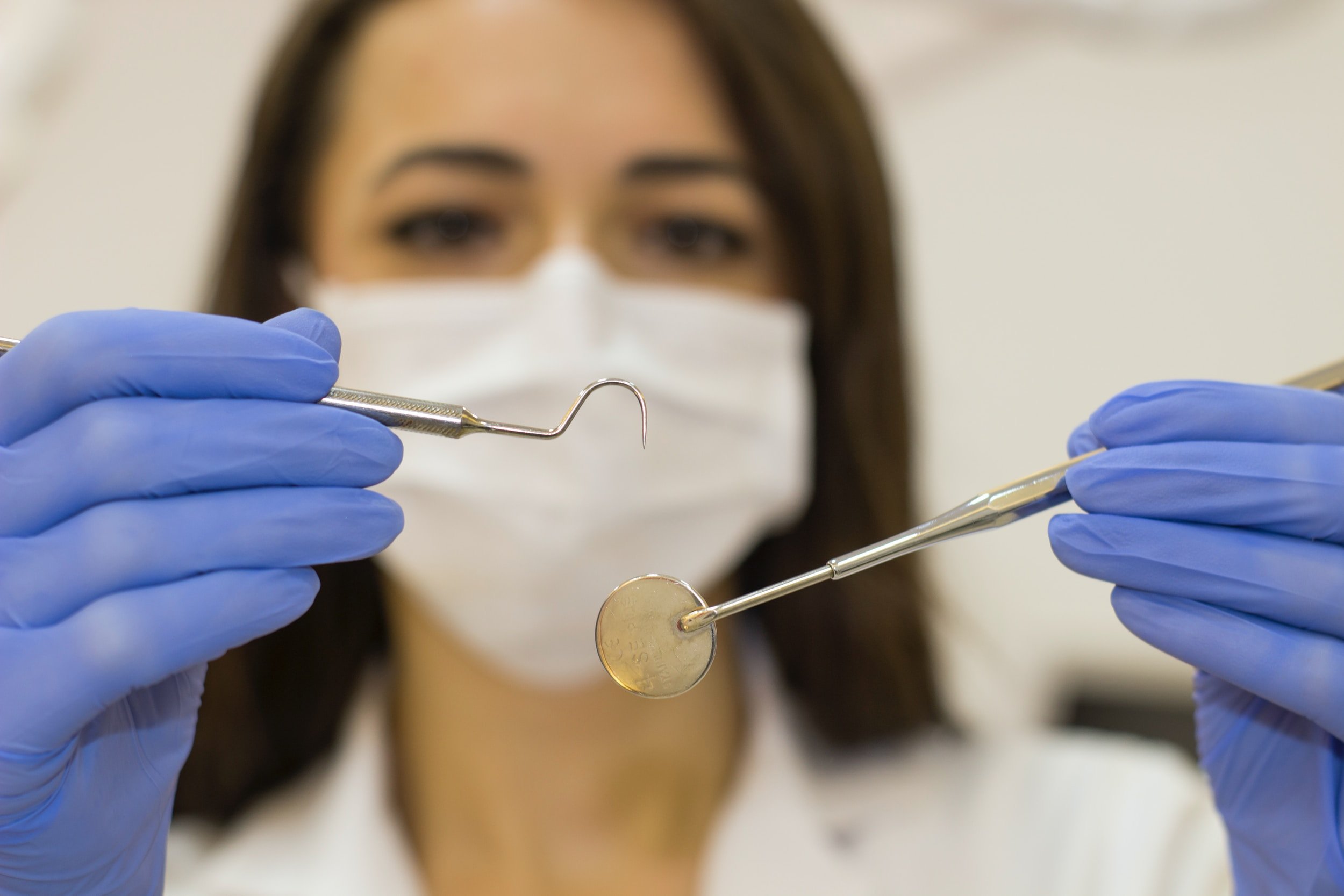Reasons To See An Orthodontist

Orthodontics is a specialized field of dentistry which deals particularly with the diagnosis, treatment, and correction of misaligned bite patterns and malformationed teeth. It may also specialize in correcting severe facial asymmetry, called dentofacial orthodontics. Orthodontics aims to correct problems of maxillofacial pain, jaw clenching, headaches, bad habits like thumb sucking, facial pain caused by inflammation or swelling of gums, cosmetic concerns like straightening crooked teeth, chin problems like an overbite or underbite, teeth movement, bite irregularities, abnormal bite, and speech problems.
It may even deal with the aesthetic concerns related to teeth's appearance and the overall dental health. Orthodontics can be broadly categorized into orthodontic dentistry, which deals specifically with the diagnosis and orthodontic treatment; orthodontic head surgery, which is focused on the correction of problems related to the head and face; and pediatric orthodontics, which concerns itself with issues related to the mouth and facial appearance of children.
Orthodontics takes the form of specialized schools and colleges, medical clinics and hospitals, as well as private practitioners specializing in orthodontics. These dentists are highly qualified professionals, equipped with many years of professional experience, in all facets of orthodontics. They perform a variety of tasks, ranging from basic oral health and care, to the highly specialized management of various kinds of abnormalities in the face. Some of the most popular professionals who specialize in orthodontics are dentists, orthodontists, periodontists, medical practitioners, orthodontic surgeons, dentists, podiatrists, and dental assistants.
Orthodontics has been receiving increasing attention from the American Dental Association (ADA), despite the fact that it has been around for hundreds of years. In recent years, there have been significant advances in the field. Orthodontics' role in correcting malocclusion, also known as a misalignment of the teeth, has long been recognized. In the early part of the twentieth century, orthodontists were frequently employed by dental students who were completing their advanced degrees in preparation for entering the world of dentistry. Today, orthodontists are commonly employed by adults throughout the country in many different settings.
The definition of orthodontics includes a variety of processes, including diagnosis and treatment, prevention and management of malocclusion. The goal of orthodontics is to establish and maintain healthy and functional alignment of the teeth, jaws, and bite. A variety of factors can contribute to malocclusion, including genetic defects, abnormal growth or bone growth within the mouth, abnormal wear or trauma to teeth, or a combination of genetic and non-genetic factors. View here for more insights on Orthodontics.
Orthodontics also addresses issues related to abnormal chewing habits, such as excessive bite rigidity, irregularly spaced teeth, biting at inappropriate times, or mouth-breathing problems. Special devices such as appliances and braces are sometimes used to correct these common malocclusions.
Because an orthodontist treats the whole body, rather than just a single tooth, most dentists prefer to see an orthodontist before they treat their patients, especially if the problem is suspected to be more serious. If a child has trouble standing up due to a misaligned jaw, orthodontics may provide additional treatment to correct the problem. Similarly, an adult may benefit from braces or appliance used to straighten teeth that are crooked.
Before you select an orthodontist to perform orthodontics on your children or yourself, be sure to schedule an initial consultation to assess the level of experience and qualifications of the dental care specialist. You may want to ask the orthodontist for references from past patients, so you can compare the surgeon's skills and success rate with those of other dentists. Also, ask your dentist what kinds of orthodontic appliances the practitioner uses. In addition, talk to other practitioners to see how much insurance coverage your dentist provides, especially if orthodontics will be performed in an out-patient facility. Find out more details in relation to this topic here: https://www.britannica.com/science/dentistry.
